Lead is a dull, silvery-grey, efficiently worked, and corrosion-resistant metal that has been used for pipes, pewter, and paints since Roman times.
It has also been used in lead glazes for pottery and, in this century, insecticides, hair dyes, and as an anti-knocking additive for petrol.
Since lead is very soft, highly malleable, ductile, and a relatively poor conductor of electricity, a specific approach is taken when welding.
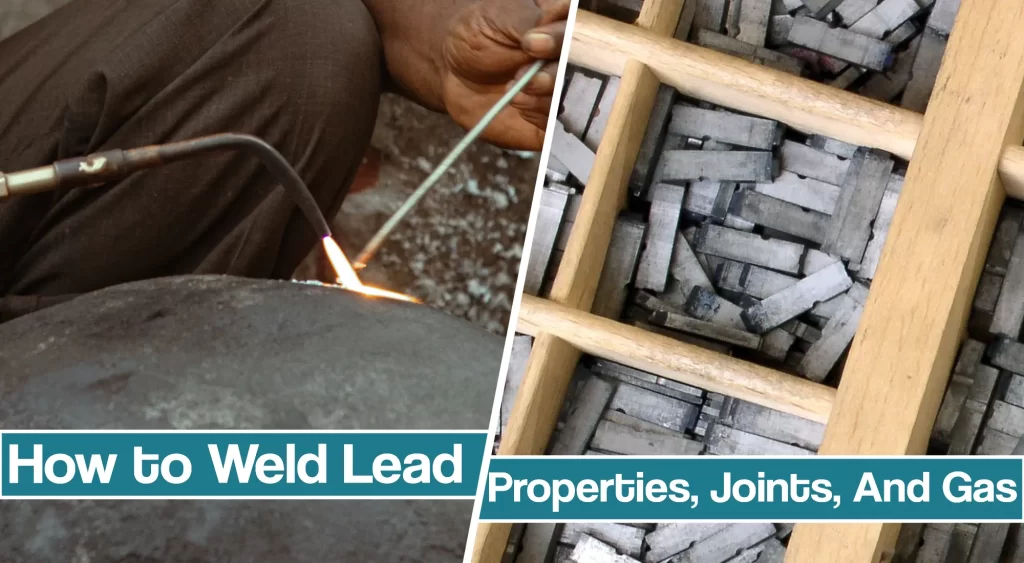
Lead welding lead is often referred to as lead burning, as it is a manual process carried out by gas welding, usually oxy-acetylene.
Lead properties
Lead is a naturally occurring element found in small amounts in the earth’s crust, and it has been known to and used by humans for many centuries. This long history is reflected in the image by using an early alchemical symbol for lead and carved Ancient Roman characters. However, before discussing lead welding, let’s look at essential properties.
- Atomic number: 82
- Atomic weight: 207.19
- Melting point: 327.5 °C (621.5 °F)
- Boiling point: 1,744 °C (3,171.2 °F)
- Density: 11.29 gram/cm3 at 20 °C (68 °F)
While lead has some beneficial uses, it can be toxic to humans and animals, causing health effects. That’s why you will need to take extra precautions during lead welding. So when joining lead plates, ensure you ensure adequate ventilation, welding equipment, and safety gear.
Lead can be identified by the color of an unfinished surface – white to gray. The color and structure of a newly fractured surface are light gray and crystalline, while the color of a freshly filed surface is white.
Sheet Lead welding
Since lead in the industry commonly comes in sheets, joining sheet lead is often referred to as lead burning.
Lead burning is a manual process carried out by gas welding, usually oxy-acetylene.
Lead sheet work is done by a torch flame, but the only difference is it doesn’t require flux. Even though flux is used mainly before soldering electronics, it is not essential for lead welding.
That is because lead has its fluxing agent, promoting the fusion of metals.
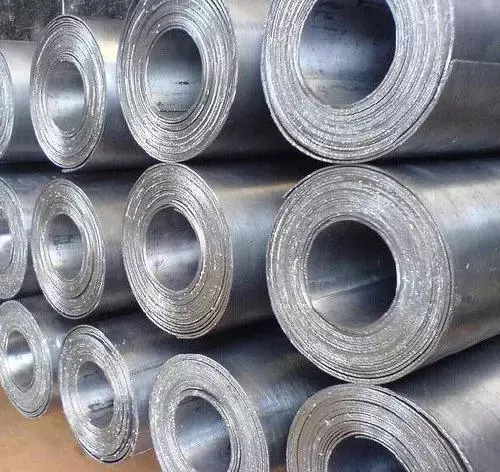
Lead welding gas
Welding lead piping and most lead sheet work use three types combinations of gases:
- Oxyacetylene
- Oxyhydrogen
- Oxygen-natural gas
When making a choice, you should know that oxyhydrogen and oxyacetylene processes work in all welding positions. For overhead welding, you cannot use oxygen-natural gas.
Normally, lead welding requires a low gas pressure ranging from 1-1/2 to 5 psi. The choice depends on the type of weld that is being made.
Welding torch
Lead welding torches are usually small, and flammable gas and oxygen valves should be close to the fingers on the handle. That way, you can easily control it with your thumb.
Led welding torch tips range in drill size from 78 to 68. As a rule of thumbs, more significant tips are used for heavier loads, and smaller tips are used for lighter lead.
Usually, a small size #0 nozzle is used, but otherwise, the same torch can be used for steel or copper work.
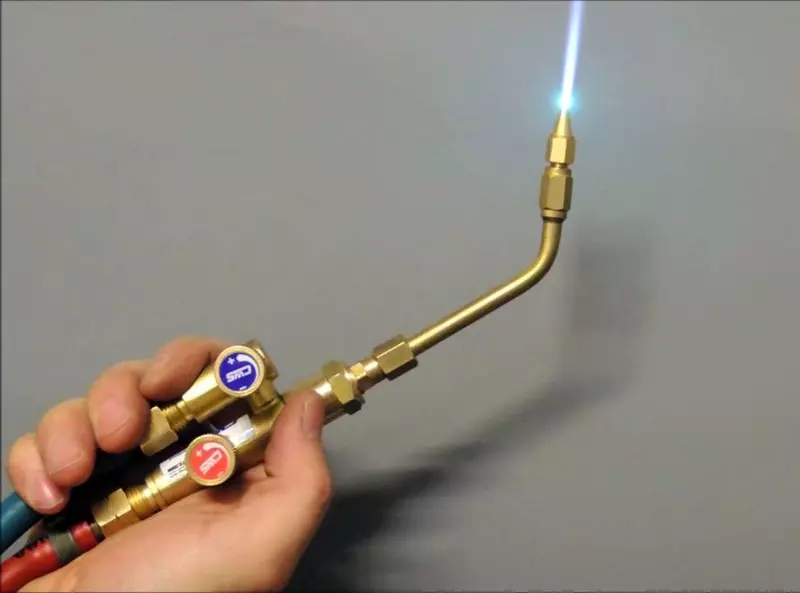
Lead welding rods
While lead welding is an autogenous process, meaning that plates are joined by melting together, no welding rods are required. However, in certain situations, you will have to use welding rods. Welding rod diameters range from 1/8 to 3/5 inches.
Lead Joint Design
Butt, lap, and edge joints are the most commonly used in led welding. However, the butt or lap joints can be used on flat position welding. In addition, the lap joint is used on vertical and overhead position welding, while the edge or flange joint is used only under particular conditions.
How To Weld Lead
Firstly, you should lead burning is an autogenous welding process, which means bonds between two sheets of lead are formed mechanically.
Once the sheets are heated with the torch flame, they melt and flow together. During this process, no filler rod is required, and as we said, flux is not used.
In lead welding, oxygen supply is always used to achieve a high temperature.
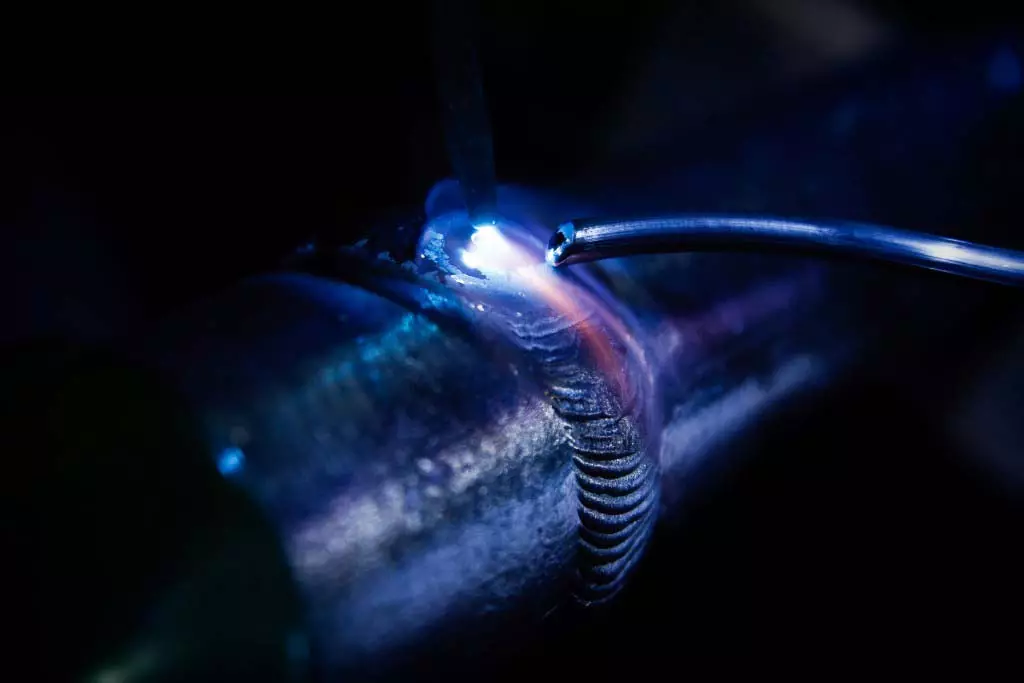
However, fuel gases may differ, and the most common ones are acetylene, natural gas, or hydrogen.
- Oxy-hydrogen is considered to be the best but is not easily portable.
- Oxy-natural gas is the cheapest, but it cannot be used for overhead welding as it is less hot.
- Oxy-acetylene is the most common, as much leadwork is carried out on-site and is easily portable.
For satisfactory results, a neutral flame is used. A fuel-rich flame can cause trouble with soot deposits in the weld. Meanwhile, an oxidizing flame burns the lead and creates lead oxide dross, leading to poor welds with low malleability.
On the other hand, soldering requires a compatible lead solder alloy, and a melting point lower allows a soldering process rather than welding. In addition, some welds may need a filler rod if there is no convenient way to form sufficient close overlap at the same lead sheet.
Lead Welding Applications
Lead burning is commonly applied in roofing work or the formation of custom-made rainwater goods such as gutters, downspouts, and decorative hoppers. Decorative lead working may also use lead burning, particularly where a waterproof joint is required for planters.
Lead welding is part of a traditional plumber’s work, although it is rare and specialized today and most common when existing lead pipes must be connected. Occasionally, this welding process is used in the restoration of historical buildings. However, due to poor health aspects, lead piping is considered obsolete.
When lead burning is necessary, a wiped joint is used rather than a burned joint. However, even wiped joints emit lead fumes due to health issues, so wearing safety gear is considered good practice. Nonetheless, when dealing with the soldering process, the plumber’s solder (80% lead / 20% tin) is carried out at a low temperature with a natural-draught propane blowtorch.
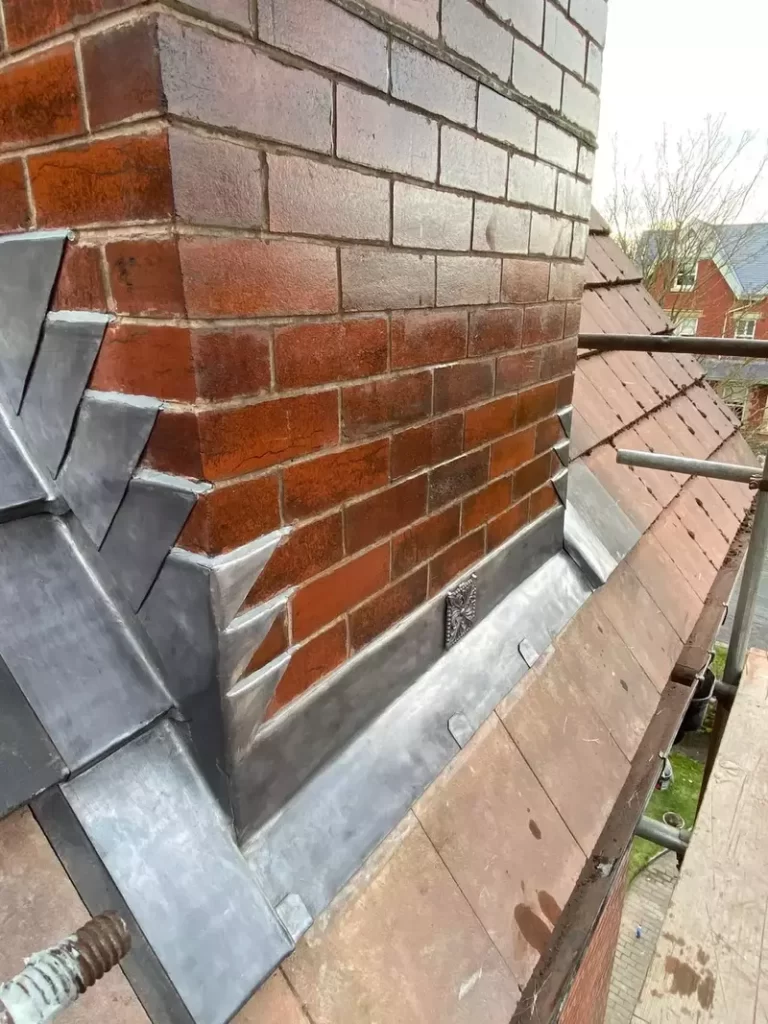
In some rare cases, lead burning can be used within the chemical industry for pipework. In some instances, acid-resistant tanks and pipes must be made of lead rather than steel.





